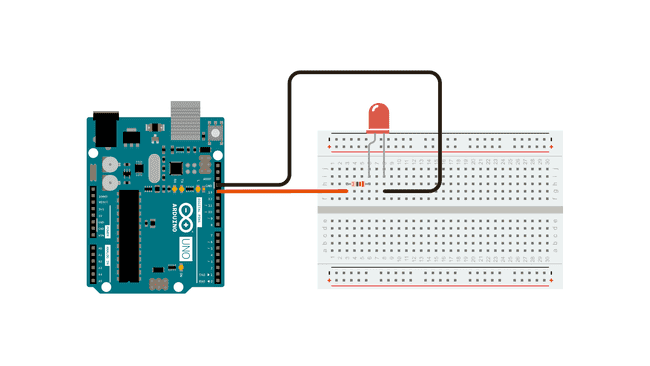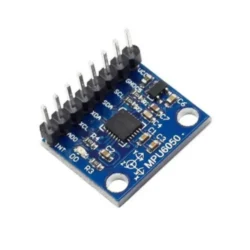Introduction
In this tutorial, we will guide you through implementing an MQTT client on an ESP32 microcontroller using the wolfSSL library for secure TLS communication. This is essential for ensuring data integrity and confidentiality in IoT applications.
Prerequisites
- Basic knowledge of C/C++ programming.
- Familiarity with the Arduino IDE.
- ESP32 development board.
- MQTT broker (like Mosquitto or HiveMQ) for testing.
- wolfSSL library installed in the Arduino IDE.
- Wi-Fi network credentials.
Parts/Tools
- ESP32 Development Board
- USB cable for programming
- Arduino IDE
- wolfSSL library
Steps
-
Set Up the Arduino IDE
- Download and install the latest version of the Arduino IDE.
- Install the ESP32 board support package by navigating to File > Preferences and adding the following URL in the “Additional Board Manager URLs” field:
https://dl.espressif.com/dl/package_esp32_index.json - Go to Tools > Board > Board Manager, search for “ESP32”, and install it.
-
Install the wolfSSL Library
- Open the Arduino Library Manager by going to Sketch > Include Library > Manage Libraries.
- Search for “wolfSSL” and install the latest version.
-
Connect Your ESP32
- Use a USB cable to connect your ESP32 to your computer.
- Select the appropriate board and port in the Arduino IDE under Tools.
-
Write the MQTT Client Code
- Start a new Arduino sketch and include the necessary libraries:
#include #include #include #include - Define your Wi-Fi credentials and MQTT broker details:
- Initialize the Wi-Fi connection:
-
Set Up MQTT Client with wolfSSL
- Create an instance of the MQTT client:
MQTTClient mqttClient; // Create MQTT client instance - Connect to the MQTT broker:
- Set up TLS options:
- Connect and subscribe to a topic:
-
Publish Messages
- Publish a test message:
mqttClient.publish("test/topic", "Hello from ESP32!"); -
Loop to Maintain Connection
- In the
loop()function, ensure to call:
mqttClient.loop(); - In the
const char* ssid = "YOUR_SSID";
const char* password = "YOUR_PASSWORD";
const char* mqtt_server = "YOUR_MQTT_BROKER";
const int mqtt_port = 8883; // Typically 8883 for secure MQTTvoid setup() {
Serial.begin(115200);
WiFi.begin(ssid, password);
while (WiFi.status() != WL_CONNECTED) {
delay(1000);
Serial.println("Connecting to WiFi...");
}
Serial.println("Connected to WiFi.");
}
mqttClient.begin(mqtt_server, mqtt_port, WiFi);mqttClient.setTLSOptions(); // Configure TLS settingsmqttClient.connect("ESP32Client");
mqttClient.subscribe("test/topic");
Troubleshooting
- Wi-Fi Connection Issues: Ensure your SSID and password are correct. Check if the ESP32 is within range.
- MQTT Connection Errors: Verify the broker address and port. Make sure the broker is running and reachable.
- SSL/TLS Errors: Ensure you have the correct certificates if required by your MQTT broker.
Conclusion
You have successfully implemented an MQTT client on the ESP32 using the wolfSSL library for secure TLS communication. This setup ensures that your IoT applications can communicate securely over the network. Experiment with different topics and messages to further explore MQTT capabilities!



